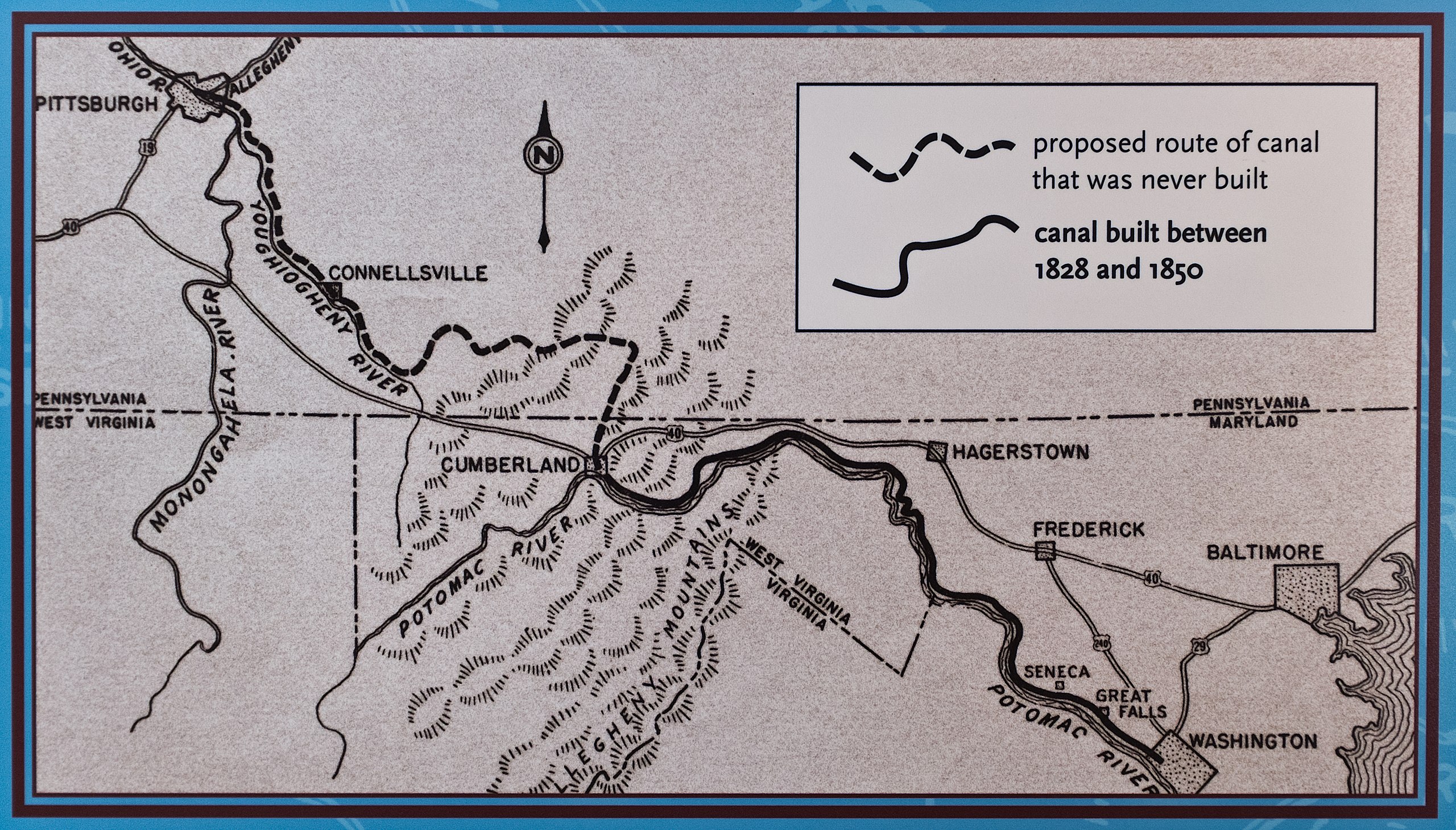The Chesapeake and Ohio (C&O) Canal’s Role in Developing the District of Columbia’s Ports
DOI:
https://doi.org/10.25071/2561-5467.1042Keywords:
Chesapeake and Ohio Canal, District of Columbia, Alexandria, Georgetown, transportation network, economic development, portsAbstract
While the how and why of the Chesapeake and Ohio (C&O) Canal’s birth are important, and it is with much thanks that students of inland waterways (few are we in number) are able to access this accumulated knowledge, it is somewhat shocking that the major role this canal played in developing the Potomac River valley and, most importantly, the country’s capital region, is overlooked. This article will address the pivotal role the C&O Canal played in forming and developing the two main ports that serviced the greater District of Columbia area (encompassing northern Virginia), and, to a lesser extent, the middle Atlantic region.
Bien que le comment et le pourquoi des débuts du canal Chesapeake et Ohio (C&O) soient importants et que les amateurs des voies navigables intérieures (peu nombreux sommes-nous) soient très reconnaissants de pouvoir accéder aux connaissances acquises, il est étonnant que le rôle majeur qu’ait joué ce canal dans le développement de la vallée de la rivière Potomac et, plus important encore, de la région de la capitale nationale des États-Unis ait été laissé de côté. Cet article traite du rôle central du canal C&O dans la formation et le développement des deux principaux ports qui desservaient la grande région du district de Columbia (comprenant le nord de la Virginie) et, dans une moindre mesure, la région de l’Atlantique-Centre.
References
Achenbach, Joel. The Grand Idea: George Washington's Potomac and the Race to the West. New York: Simon and Schuster, 2004.
Bacon-Foster, Corra. "Early Chapters in the Development of the Potomac Route to the West." Records of the Columbia Historical Society, Washington, D.C. (1912): 96-322.
Bauman, William. Compilation of Canal Trade Articles From 1869. Historic Resource Guide. Glen Echo, MD: C&O Canal Association, 2013.
Bauman, William. Joseph Grehan Family History. Historic Resource Guide. Glen Echo, MD: C&O Canal Association, 2019.
C&O Canal Association. About the C&O Canal. n.d. 15 May 2022. https://candocanal.org/canal-info/.
Carter, Elliott. This Georgetown Bridge Was For Boats. 25 June 2016. https://architectofthecapital.org/posts/2016/5/30/aquaduct-bridge. 15 June 2022.
Davies, William E. The Geology and Engineering Structures of the Chesapeake and Ohio Canal: An Engineering Geologist's Descriptions and Drawings (Glen Echo: C&O Canal Association, 1999). Available for download at https://candocanal.org/books/.
Ella E. Clark and Thomas F. Hahn, eds. Life on the Chesapeake & Ohio Canal 1859. Shepherdstown, WV: The American Canal and Transportation Center, 1975.
Green, Constance McLaughlin. "The Jacksonian 'Revolution' in the District of Columbia." The Mississippi Valley Historical Review (1959): 591-605. DOI: https://doi.org/10.2307/1888712
Guzy, Dan. Navigation on the Upper Potomac River and its Tributaries. Hagerstown, MD: Western Maryland Regional Library, 2011. Ebook.
Hahn, Thomas A. The C&O Canal Boatmen 1892-1924. Shepherdstown, WV: The American Canal & Transportation Center, 1980.
Kapsch, Robert. The Potomac Canal, George Washington and the Waterway West. Morgantown, WV: West Virginia University Press, 2007.
Kytle, Elizabeth. Home on the Canal. Cabin John, MD: Seven Locks Press, 1983.
National Park Service. Chesapeake and Ohio Canal. Washington, DC: U.S. Department of the Interior, 2015.
National Park Service. Georgetown Historic District. 12 October 2007. https://web.archive.org/web/20071012101639/nps.gov/nr/travel/wash/dc15.htm. 15 June 2022.
Palmer, William P. and Sherwin McRae. Calendar of Virginia State Papers and Other Manuscripts, Volume 5. Richmond: R.F. Walker, 1885.
Peterson, Arthur G. "The Alexandria Market Prior to the Civil War." The William and Mary Quarterly (1932): 104-114. DOI: https://doi.org/10.2307/1921462
Ryan, Kelsey. Traveler's Accounts of the Historic Alexandria Waterfront. Alexandria, VA: Office of Historic Alexandria/Alexandria Archaeology, 2009.
Sanderlin, Walter S. The Great National Project: A History of the Chesapeake and Ohio Canal. Fort Washington, PA: Eastern National, 2005.
Taggart, Hugh T. "Old Georgetown." Records of the Columbia Historical Society, Washington, D.C. (1908): 120-224.
United States Congress. Register of Debates in Congress, Vol 8, Pt 2. Washington, DC: Gales & Seaton, 1832.
Unrau, Harlan D. Historic Resource Study: Chesapeake & Ohio Canal. Historic Resources Guide. Hagerstown, MD: National Park Service, 2007.
Way, Peter. "Shovel and Shamrock: Irish Workers and Labor Violence in the Digging of the Chesapeake and Ohio Canal." Labor History (1989): 489-517. DOI: https://doi.org/10.1080/00236568900890321

